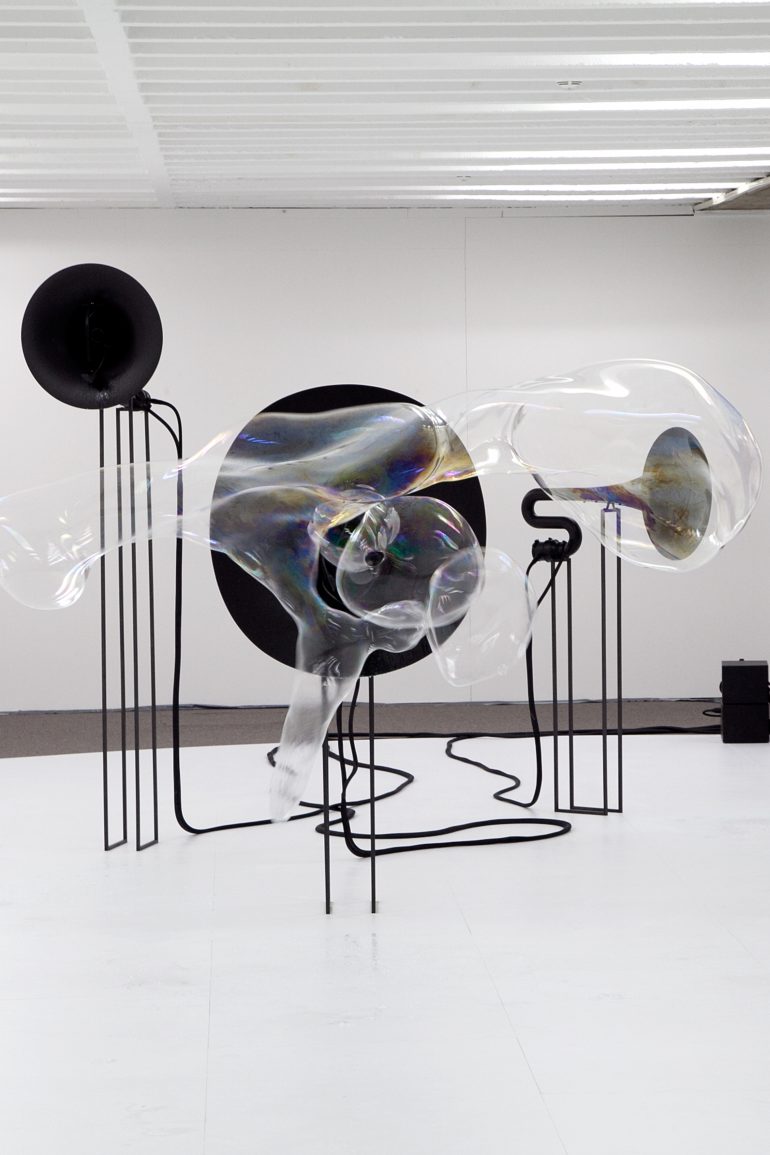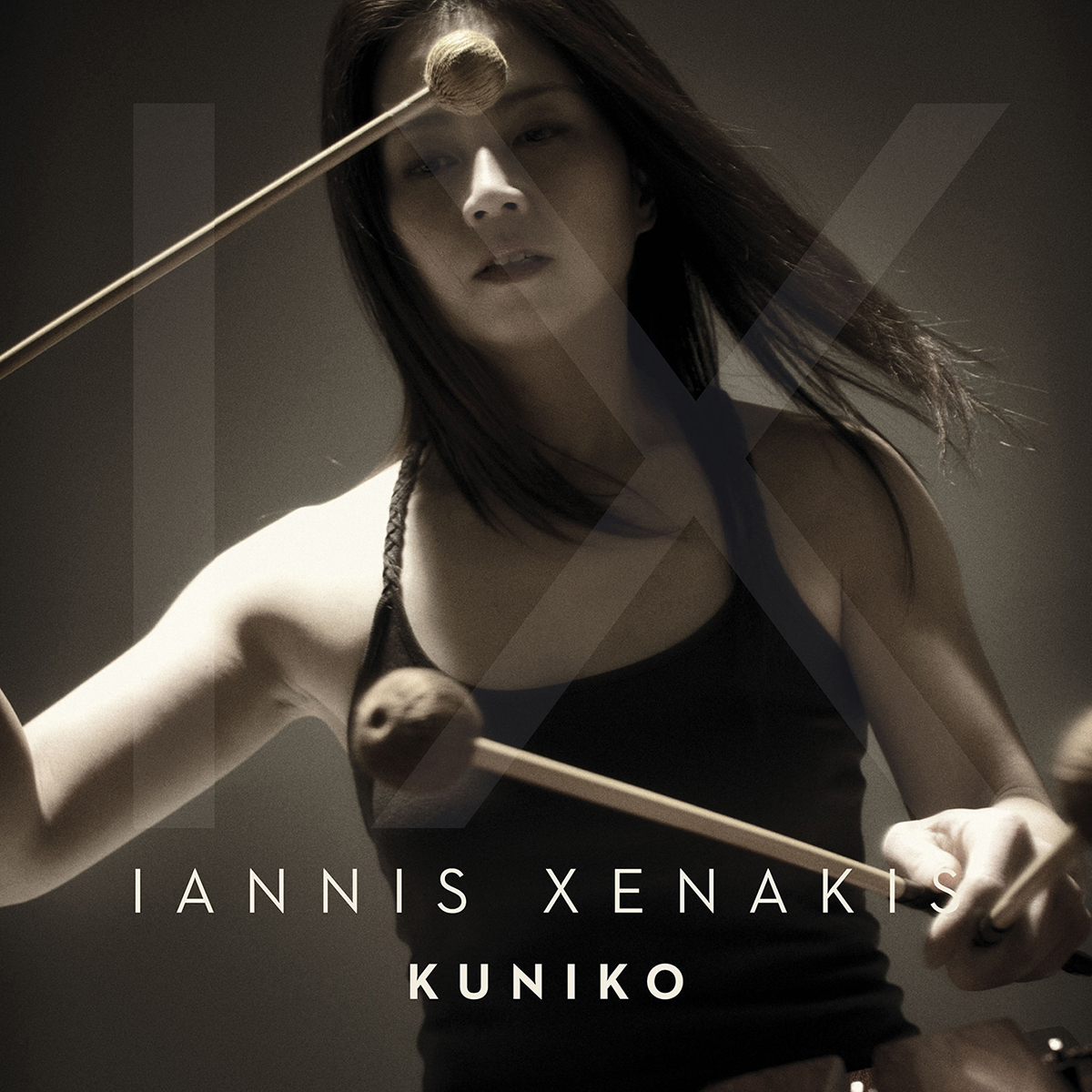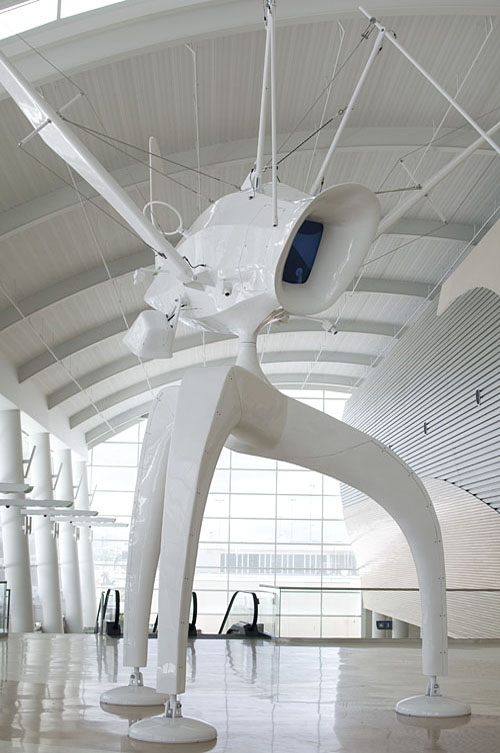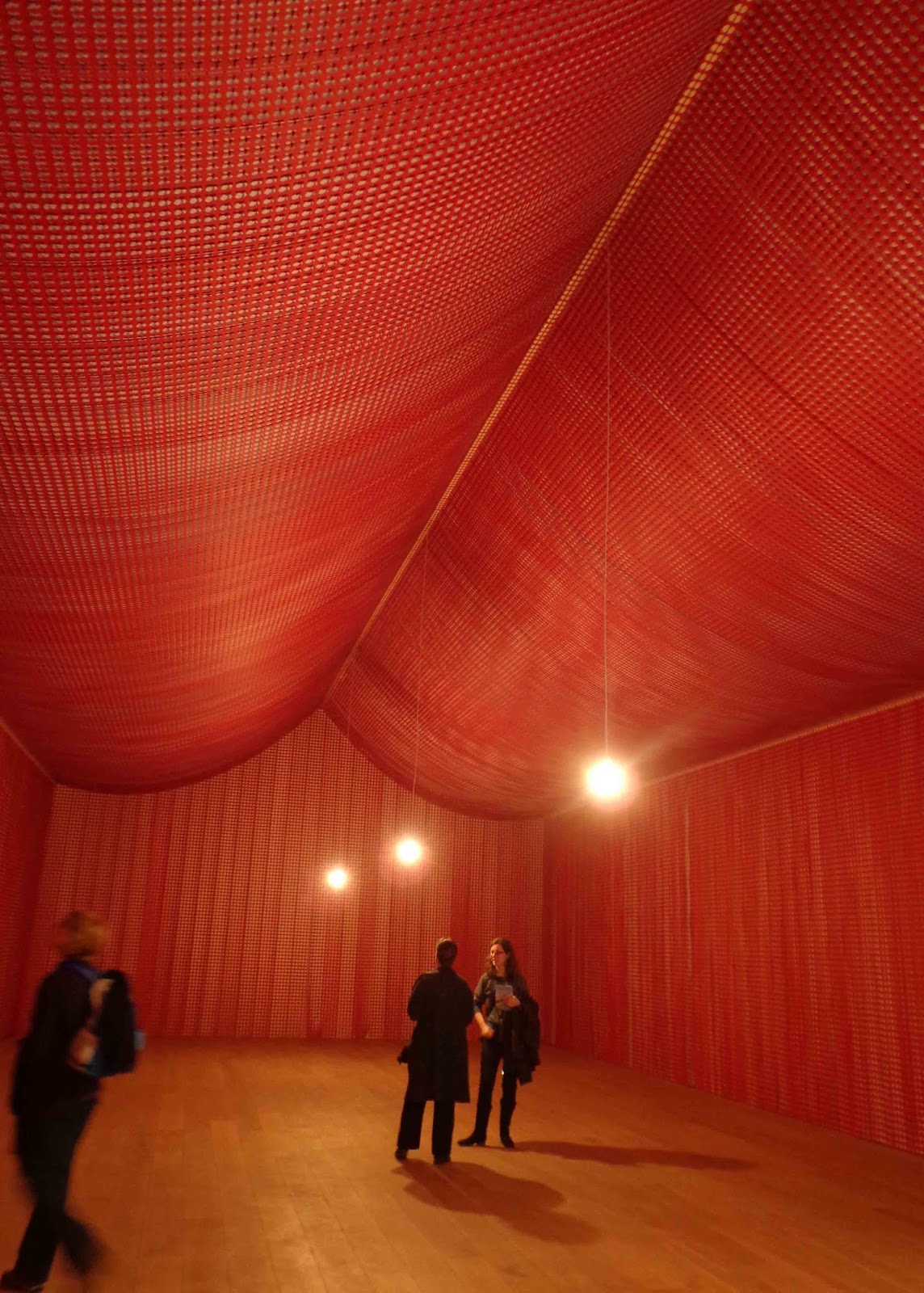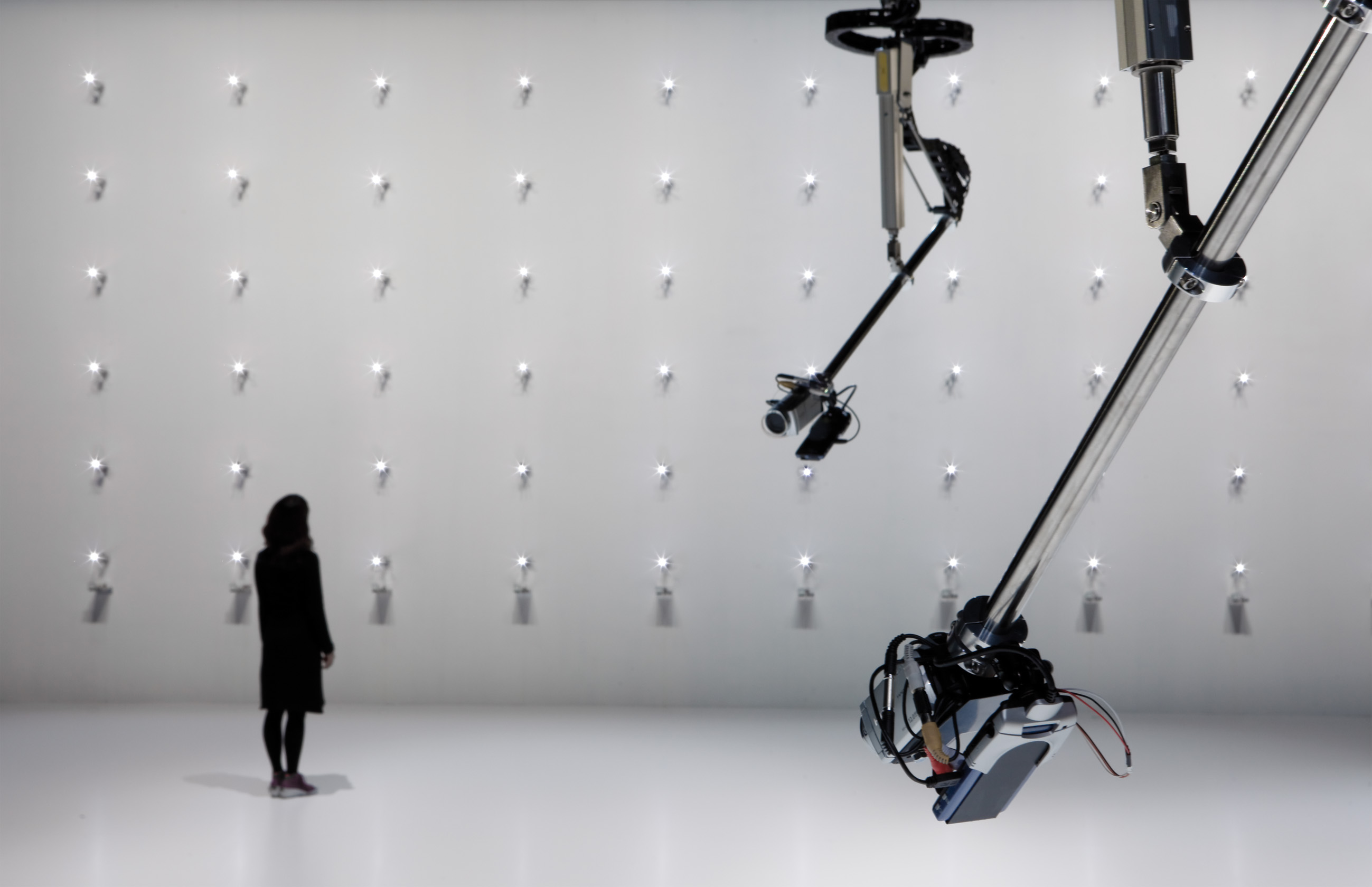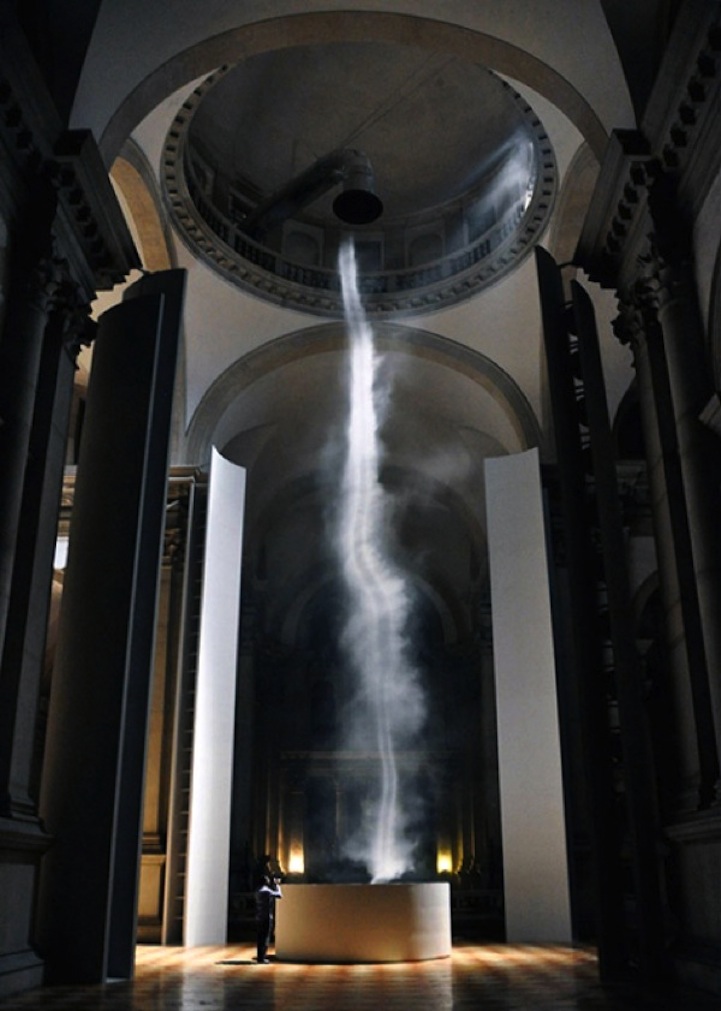阿尼什•卡普尔
アニッシュ·カプーア
Аниш Капур
Arcelor Mittal Orbit
Award winning London-based artist Anish Kapoor has been given the commission of a lifetime to design the spectacular new public attraction in the Olympic Park. The stunning artwork, to be entitled ‘The ArcelorMittal Orbit’, will ensure the Park remains an unrivalled visitor destination following the 2012 Games, providing the key Olympic legacy Mayor of London Boris Johnson envisaged for the East End.The breathtaking sculpture – thought to be the tallest in the UK – will consist of a continuous looping lattice of tubular steel. Standing at a gigantic 115m, it will be 22m taller than the Statue of Liberty in New York and offer unparalleled views of the entire 250 acres of the Olympic Park and London’s skyline from a special viewing platform. Visitors will be able to take a trip up the statuesque structure in a huge lift and will have the option of walking down the spiralling staircase.One of the world’s most distinguished contemporary artists, Turner Prize winning Anish Kapoor studied in London, where he is now based. He is well known for his use of rich pigment and imposing, yet popular works, such as the vast, fleshy and trumpet-like Marsyas, which filled the Tate’s Turbine Hall as part of the Unilever Series, the giant reflecting, pod like sculpture Cloud Gate in Chicago’s Millennium Park and his recent record breaking show at the Royal Academy, the most successful exhibition ever presented by a contemporary artist in London.
